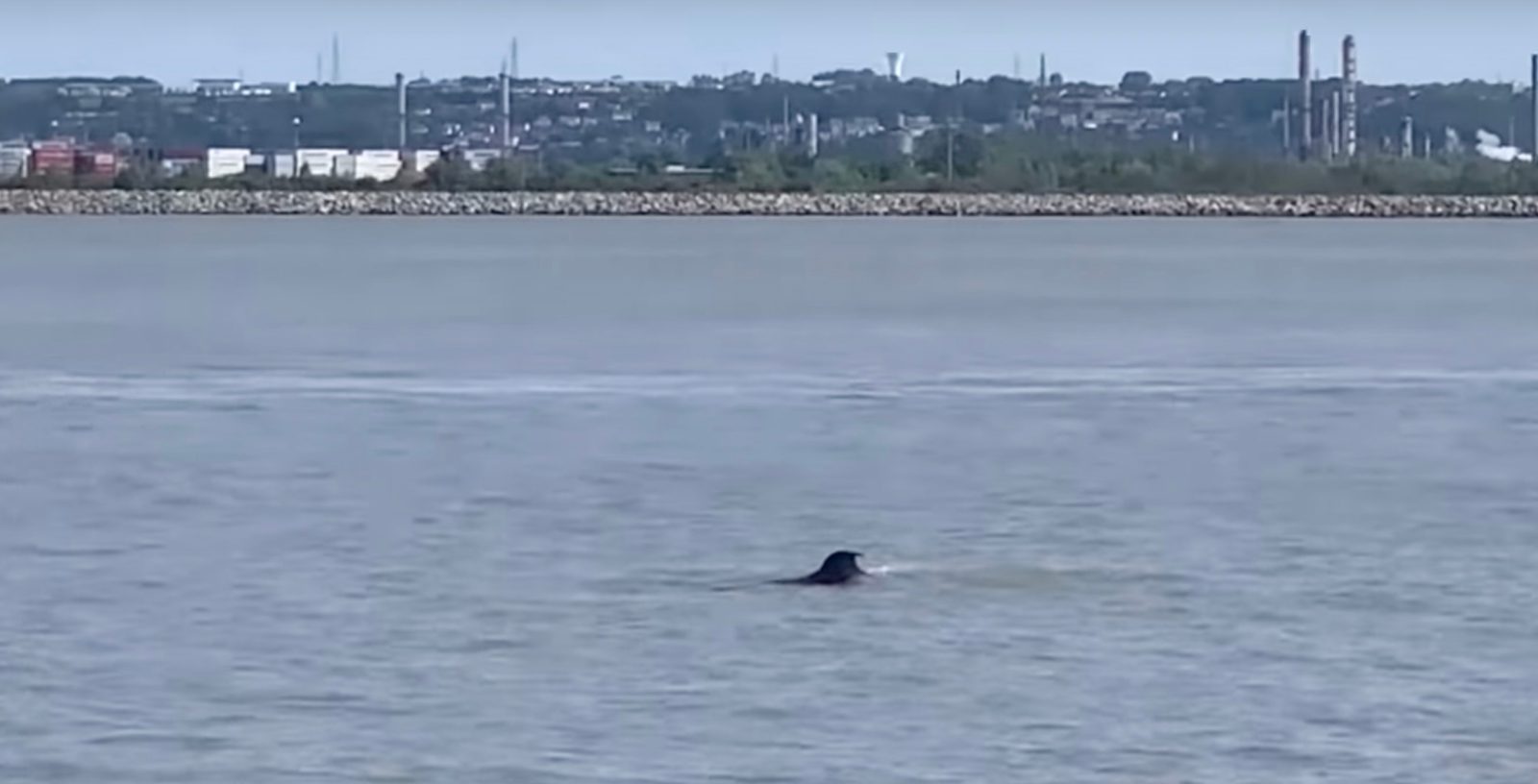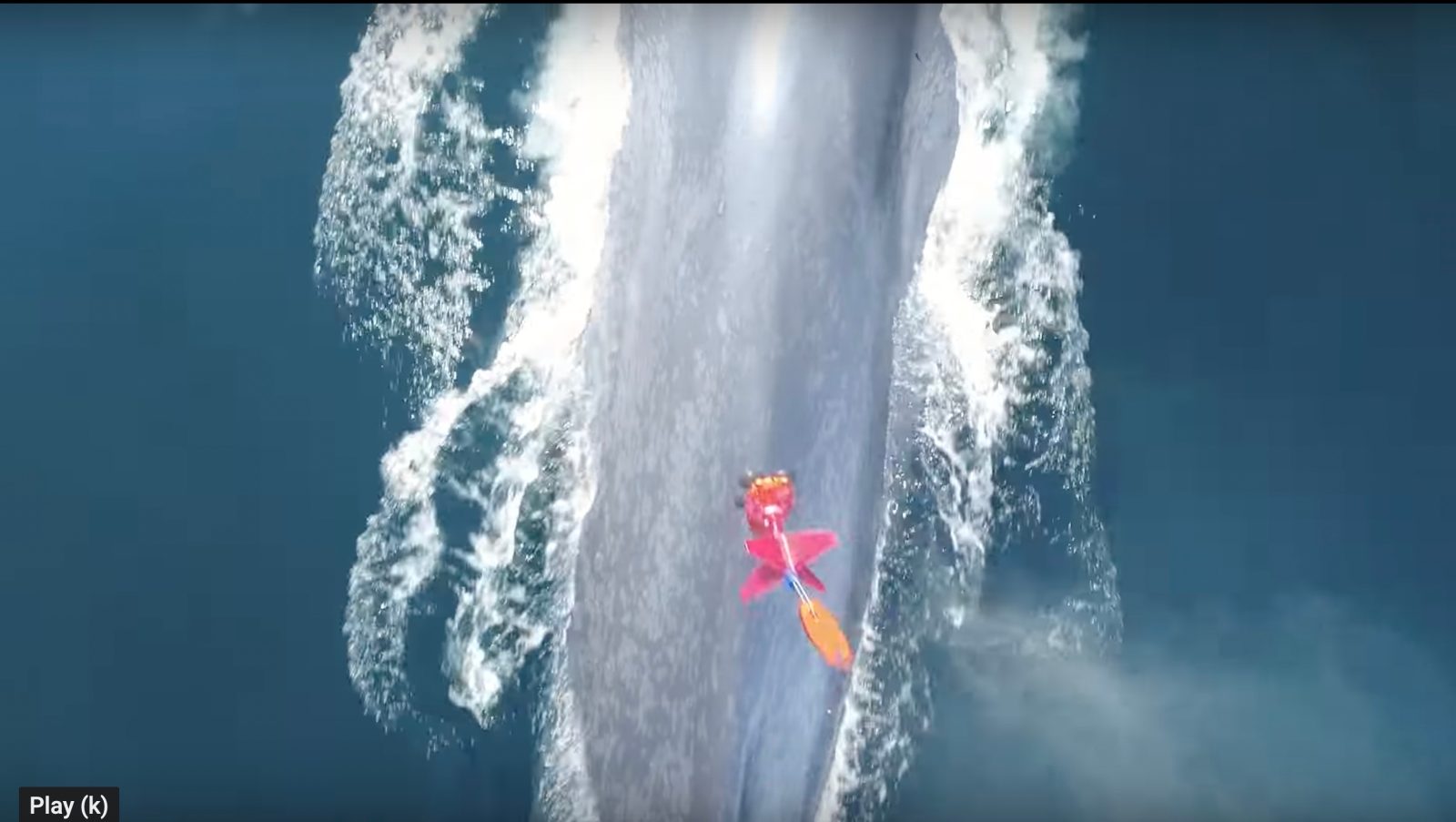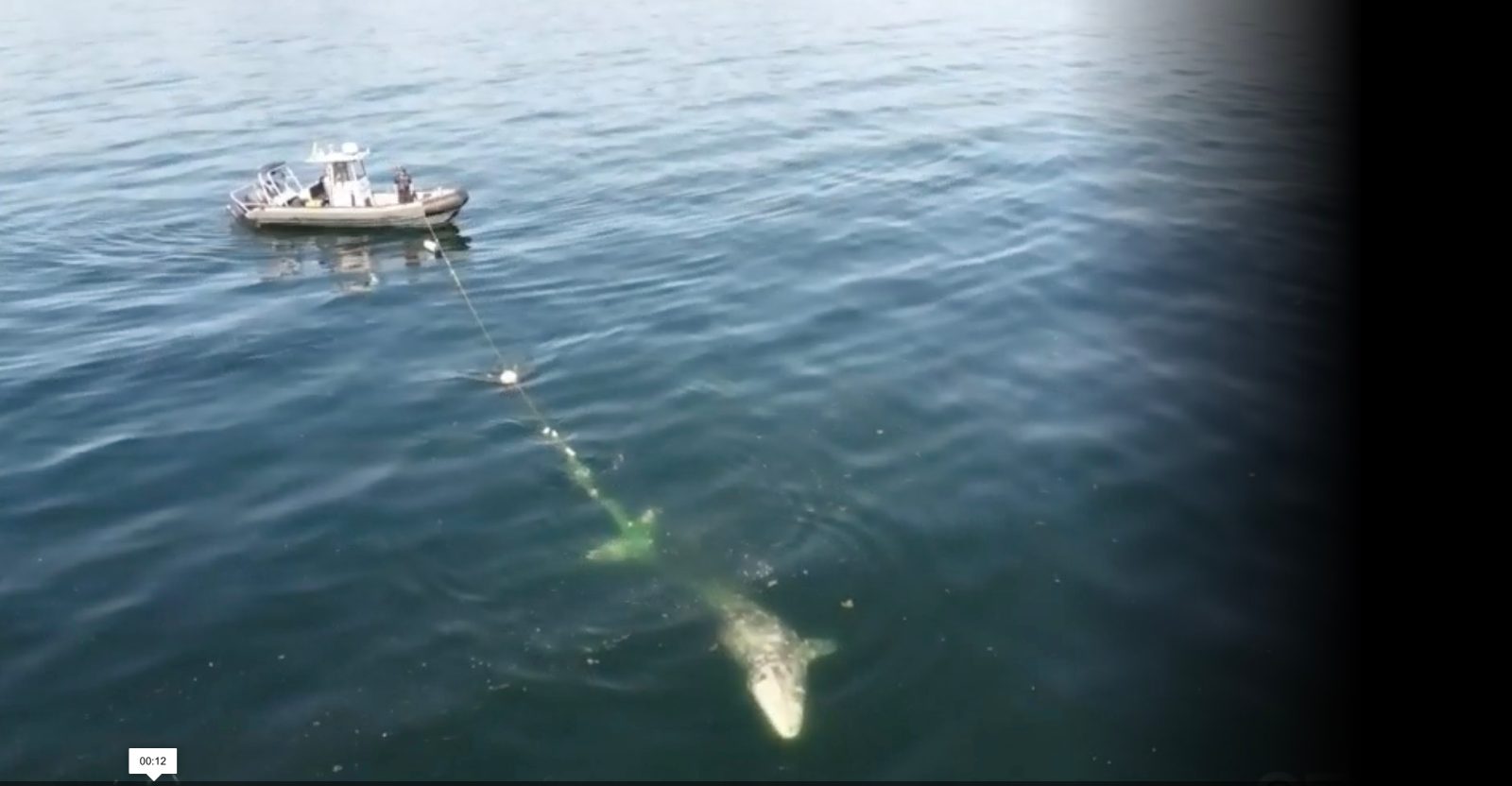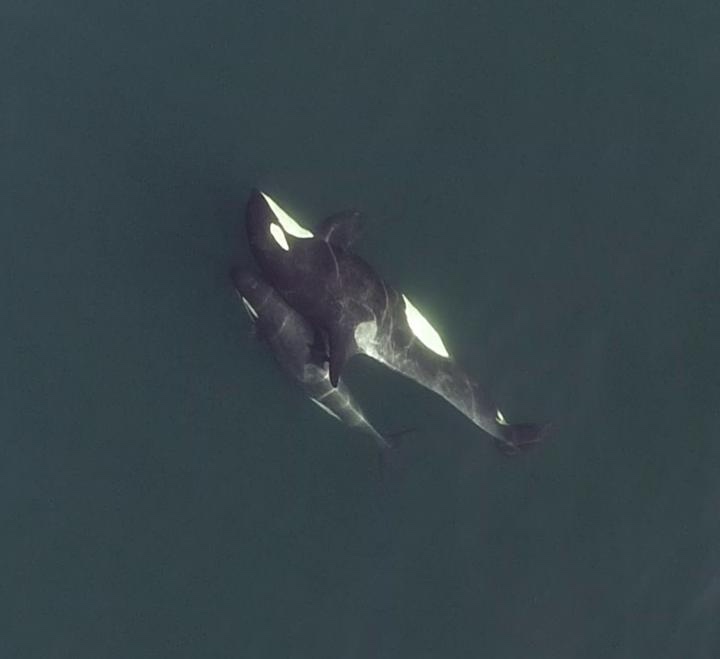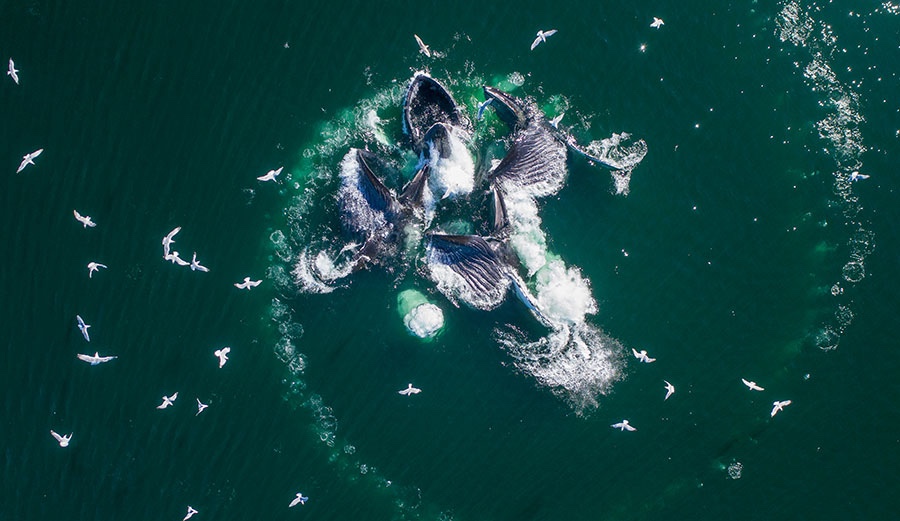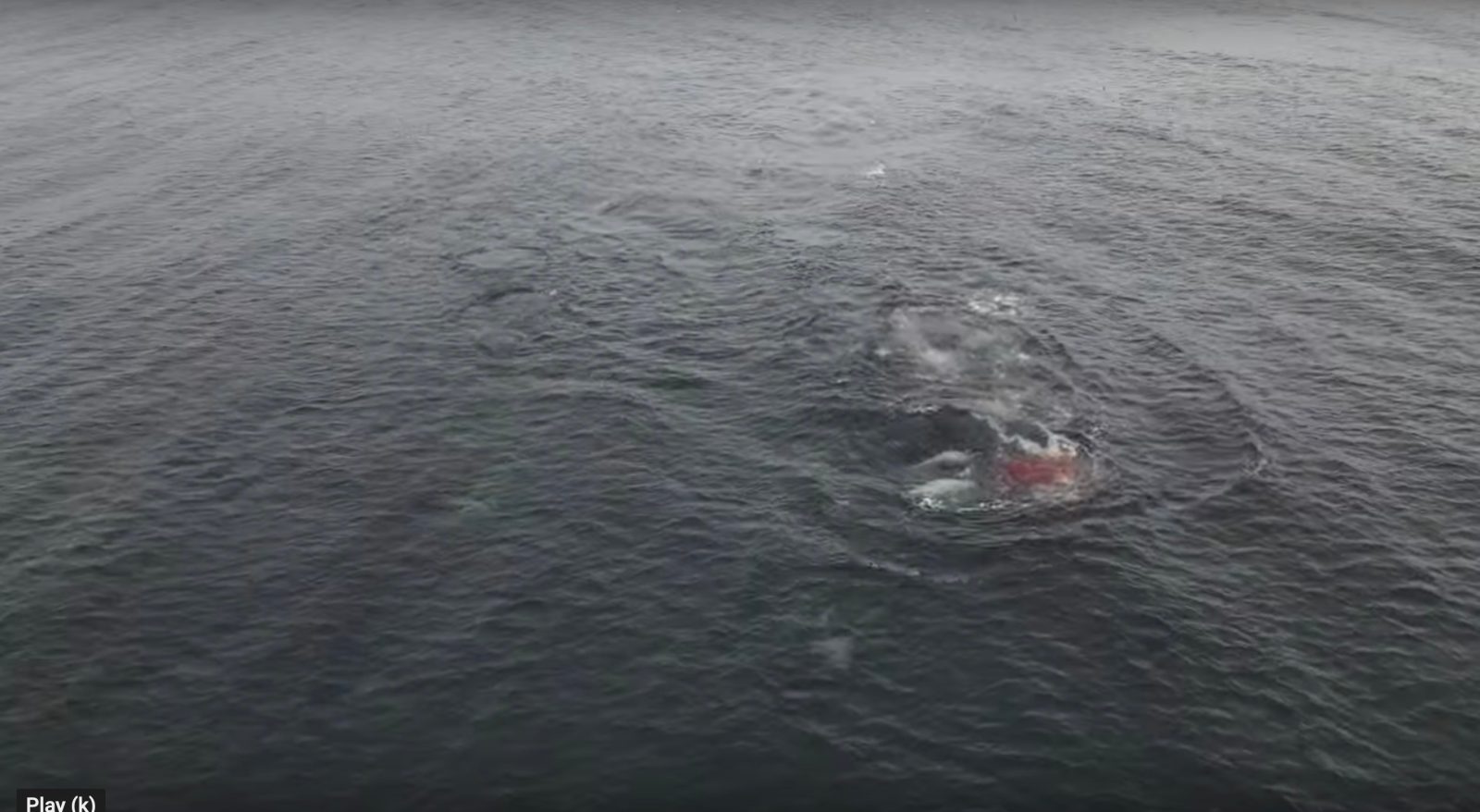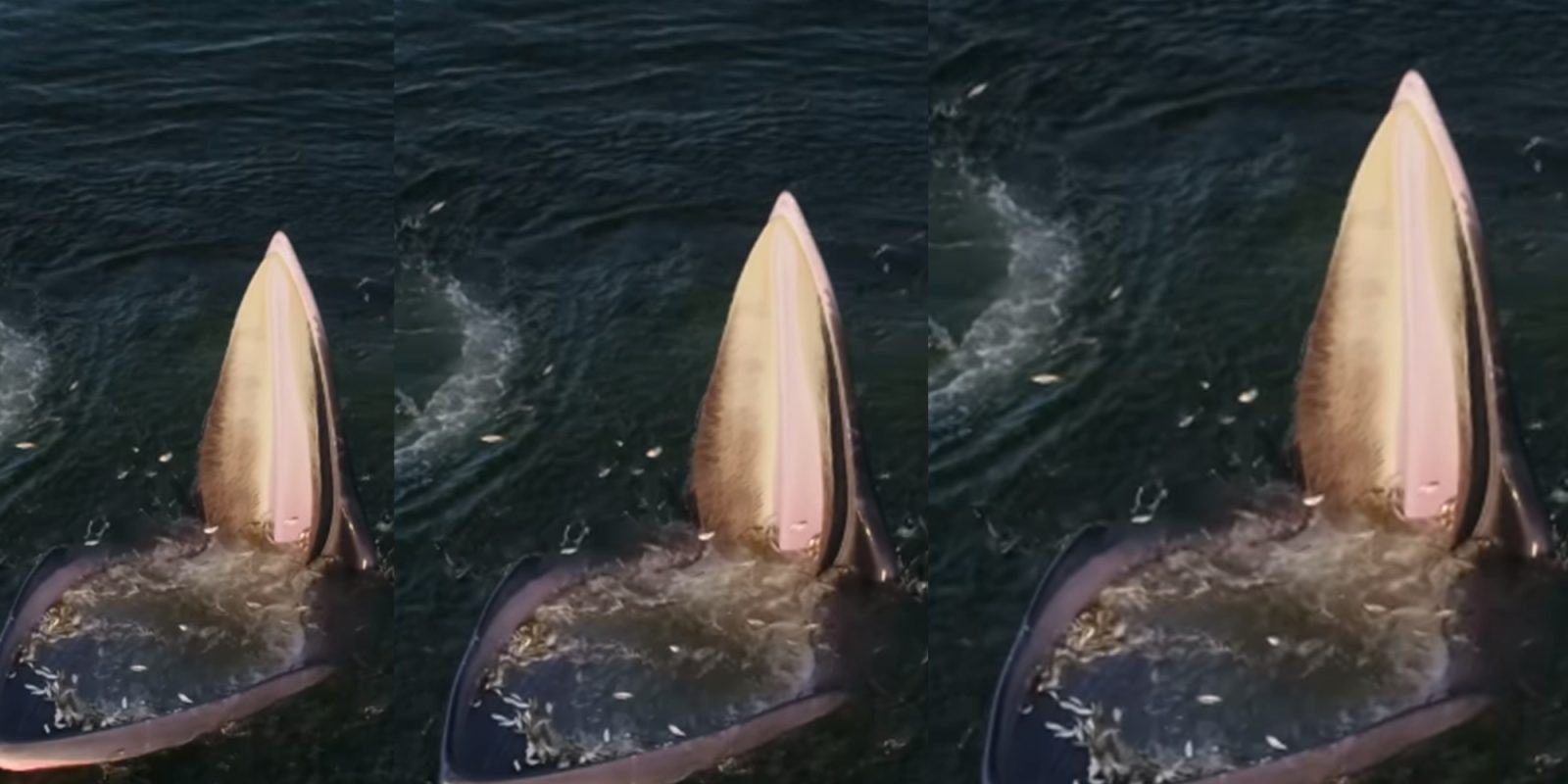Drone-aided rescue of ailing killer whale in the Seine ends sadly
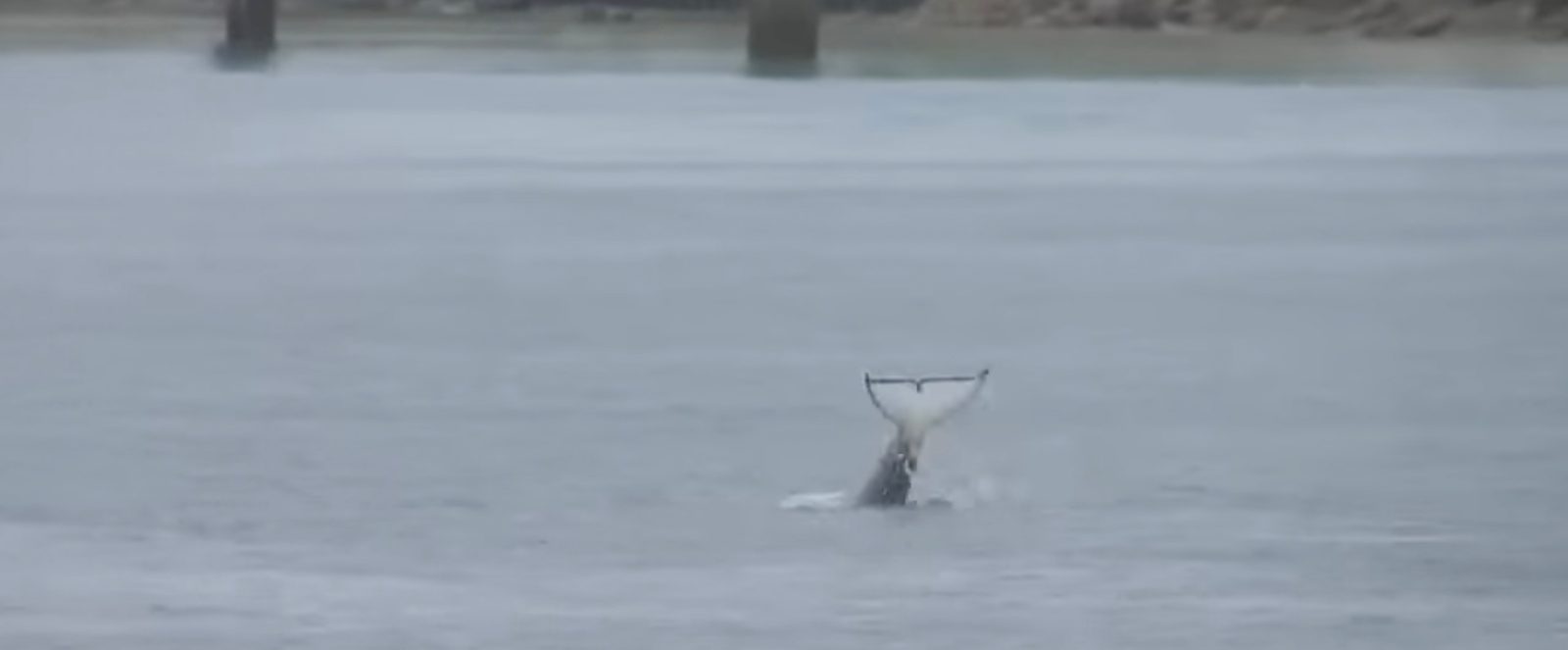
The killer whale whose deteriorating health in the fresh waters of the Seine River led officials in Normandy to deploy a drone in their efforts to lure it back to sea. The whale has been euthanized after it was determined the creature’s state had declined too greatly to survive.
Expand Expanding Close